Tokyo is a haven for watch nerds. It is also a sure fire way to find yourself on the receiving end of divorce papers if you don’t plan your trip correctly.
Fortunately or unfortunately (1), my spouse is as big of a watch nerd as I am so I had some leeway on a 5 day trip to explore the Tokyo watch scene. What I found was at odds with at least some of what was written previously about watch shopping in Tokyo. The following is either a contrarian take on Tokyo watch shopping or the Tokyo watch scene, like every watch scene, has matured since most of what is written about Tokyo watch shopping was first posted online.
Tokyo is a Mecca for watch tourism inasmuch as there are loads of watches sloshing around the city. The problem is that Tokyo was never organized for efficient watch shopping and certainly not for bargain hunting. That inefficiency will kill a vacation and stress a relationship if you let it. Without a plan, you are going to feel like you are wandering around in an endless game of Pokémon Go feeling frustrated and hollow picking up dopamine hits but weirdly unable to find your Poke Balls.
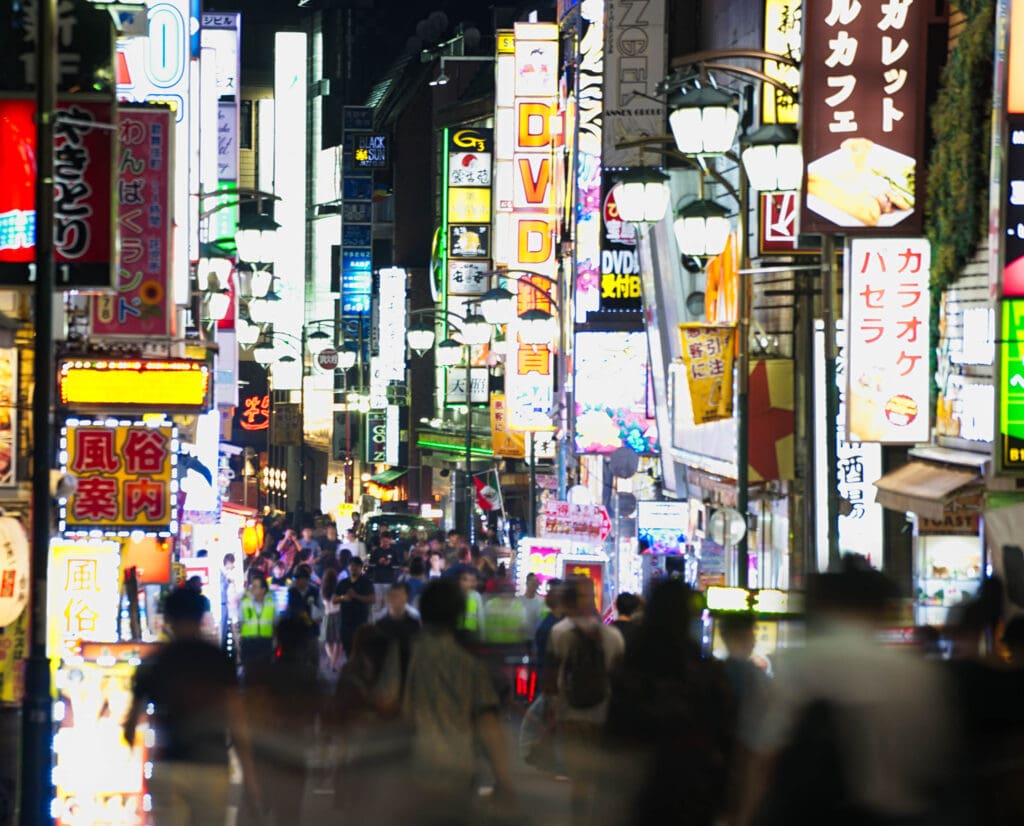
Prequel: The camera gear
You will have your reasons for traveling to Tokyo. Watch shopping for me was a side dish. A primary goal of the trip was to do some street/fashion photography for a lifestyle brand. My charge was “…to make things a little filmy but not too much and have some blurry backgrounds but don’t go nuts. Flash is good.”
My gut would have been to shoot film in Tokyo but given the charge (that was a snipe at me for always pushing the film BTW) was to bring a set of vintage lenses instead.
I have been preaching the gospel of adapted lenses on mirrorless cameras since the release of the first Sony Alpha in 2013. I have also been yammering at anyone who would listen that someone needed to build a camera with a thin sensor stack and all of the bells and whistles and focusing aids. Sony is an abomination with a thick sensor stack and is impossible to use with flash. Canon gives you no focusing aids when zoomed. Fuji is crop sensor or medium format. Lumix has the same sensor stack issue as Sony.
Given the last 10 years of fighting with these cameras, I can honestly say that there is only one camera system that any reasonable, professional, semi professional, or hobbyist+ photographer would choose for adapted vintage lenses in 2024. That system is the Leica SL system. The SL has a viewfinder as big as a porthole, all of the focusing aids work zoomed in, you can use flash because you dont need to trigger the flash while you unzoom the image, and you can use rangefinder lenses without modifying the sensor. The SL now even works with Profoto. The only option for this trip was my Leica SL2.
For the lens selection, I knew I would be walking ALOT so I brought a set of small primes. This was not the trip for heavy gear but this was an important shoot so I did some pre-shoot testing and ran them by the client. My M42, Carl Zeiss Jena set, was “too vintage”, my Contax-Yashica lenses were a bit too soft wide open which the client didn’t want (I don’t care what the internet tells you keep reading), my Olympus lenses had, how do we say this nicely, “too much character” wide open? Olympus lenses should stay on Olympus cameras but that is a story for another time.
Anyway, after a ton of A:B testing, we landed on a set of Nikon lenses. Ff you didnt catch that, for this use case the Nikon lenses were better than Contax-Yashica lenses in every way except maybe the smoothness of the focusing ring.
My kit was set – Leica SL2, Nikon 50mm f/1.4, Nikon 28mm f/2.8, and 135mm f/2.5. I didn’t see any good reason to take the fast (big) lenses while traveling anymore. If I need a little more bokeh, I will add it in Lightroom. Such heresy but I call it like I see it.
It might be of interest to note that I would have brought my m-mount Summicron V4 50mm, Minolta 90mm f/4, and Voigtlander Ultron f/2.8 but this time the rangefinder lenses stayed home. I had planned on doing a ton of watch (e.g. close up) photography and the 0.7m minimum focusing distance didn’t seem to be a good fit. The Light Lens Lab close focusing adapter was still in beta testing, and messing around with a dedicated macro adapter like the Novoflex was out of the question. Spoiler alert: I didn’t do much watch photography at all. The rangefinder lenses would have been fine.
The Leica Sofort 2 and my trusty neovintage Citizen Yachting time also came along for the ride. I always travel with quartz or digital.
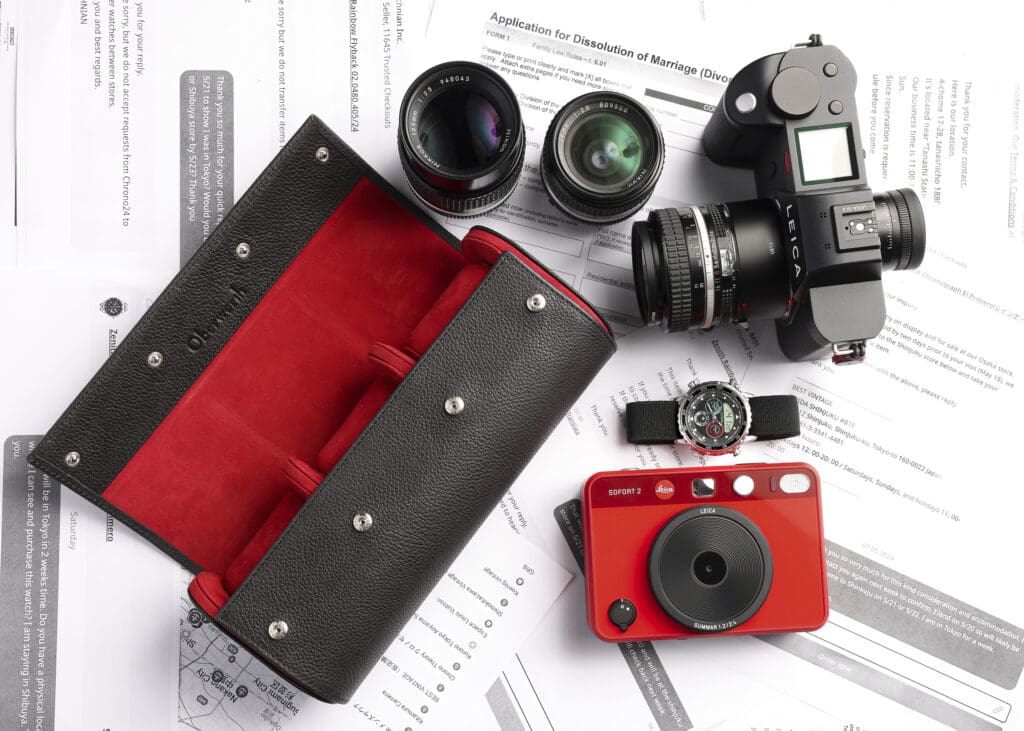
Your mileage may vary
One of my gripes with other Tokyo watch shopping guides and forum posts is that they are, more or less, lists of stores. That is useful, but without understanding who is making those lists, the author’s pressures, time constraints, and how those stores fit into a larger plan, you might find yourself running all over the city like a zombie chicken wasting time and energy.
The following guide will be generally useful to everyone traveling to Tokyo with hopes of bringing back a watch or two but is is directed toward people like me who 1) are traveling with a spouse and/or have limited time 2) have an interest in neovintage and second hand modern sports and tool watches in the price range of $2000-$12,000.
I have little interest in anything super radioactive, trench watches, watches smaller than 38mm, dress watches, and/or new watches. Therefore, if you are shopping for new watches, art deco watches, super expensive watches, etc. much of what you are about to read might not apply to your situation.
Although I would be inclined to spend days bargain hunting in the back alleys of Tokyo if I were traveling solo, I quickly learned that bargain hunting/thrifting for watches while on vacation with my wife carried too much relationship risk vs. the benefit of finding some prized gem in a dusty pawn shop in Shinagawa.
Finally, I don’t plan my day around shopping for watches. There are a number of higher end and vintage watch stores that require reservations in advance. I skipped most of those. There is a risk:benefit analysis made with every decision on vacation. The benefit of comitting time to a watch shopping reservation does not outweigh the risk of upsetting my traveling partner by limiting our flexibility so I can show up for a reservation.
Those are my ground rules. Your mileage may vary and you will need to tailor your visit if your wants, needs, and desires are appreciably different than mine.
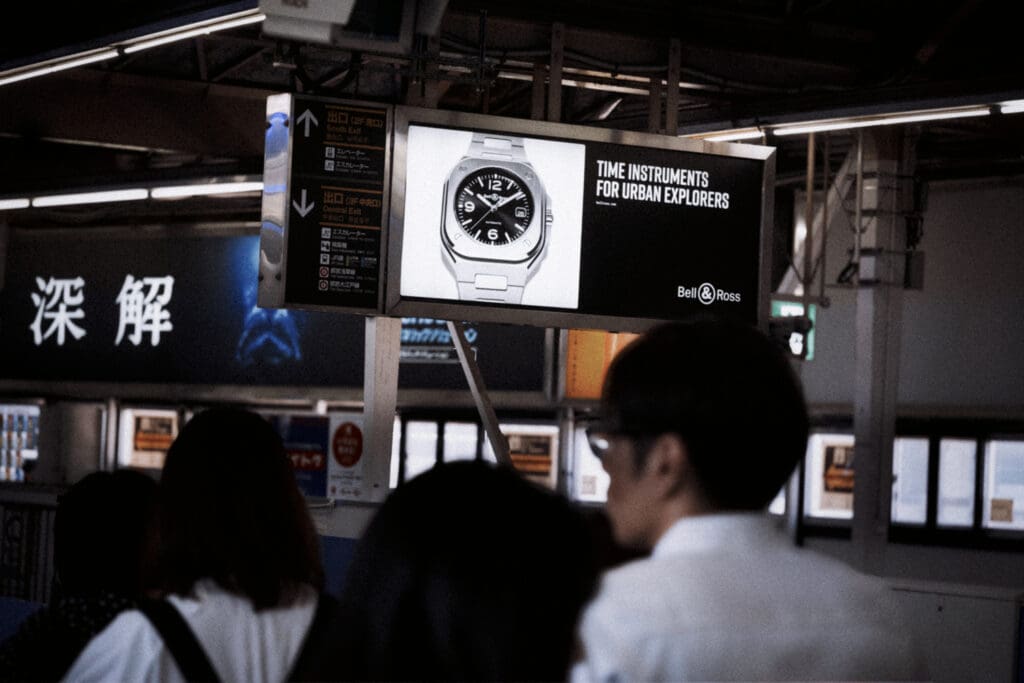
Before your trip: Rakuten and Chrono24
There are thousands of watches scattered around the city. Seeing even a fraction of them is impossible if you are short on time. Pre-planning your trip is critical to maximize your success and keeping the divorce lawyer at bay.
Getting from place to place in Tokyo is efficient, maybe more efficient than anywhere else in the world, but the city is still huge. It is also hot, steamy, and packed with people. Going from place to place all over the city looking for watches will eventually grind away at your sanity.
The good news is that at least some of the inventory you will find in the stores is online. SOME is the word doing the heavy lifting in the prior sentence. I can say with absolute certainty that not all of the inventory can be found online. Unfortunately, what you can find online isn’t always what you really want.
During my research, an industry insider tipped me off that at least some of what you find online are the pieces that are not moving between other dealers or in stores. In some cases that means that they are, for one reason or another, not the best pieces. Based on what I saw on the ground, I have every reason to believe that is true.
In my research, I found that much of what is present online, are the pieces that are in random, small, pawn shops that you would have zero chance finding in Tokyo without knowing they were there. They are also the random references that the average person would have no interest in.
Finally, I found that many of the watches that everyone wants that are the best examples (Rolex everything, Omega Speedmasters, etc.) are less likely to be found online. That makes sense because the watch stores don’t need to advertise those as much. The following two examples from my trip prove this point.
- I was looking for a Zenith Rainbow Flyback chronograph. This is clearly a Captain Beefheart watch that is not for everyone. I was able to identify four of them in Japan online before I arrived. I am willing to bet that most, if not all, were present online. For what it’s worth, I encountered exactly none that were not already posted online.
- I was looking for a Rolex 16710. I identified several online before going but there were loads more in stores that were not listed online. Moreover, some of the worst (more polished, worse condition, less history, fewer box/papers, more service/replacement parts/non-period correct bezels) were found online while at least some better examples were found in stores.
My conclusion is that if you are looking for what everyone else is looking for, like a Rolex Submariner or generic Omega Speedmaster, you probably don’t need to go through all that much trouble pre-planning your trip. You will stumble on those. Conversely, if you are looking for a less common or specific reference, it is well worth your effort to try to identify what you are looking for before arrival. I can promise you that if you are looking for something like a Zenith Rainbow Flyback, the chances of you stumbling on it randomly is pretty low because it might be located in a tiny pawn shop outside the city that you might not otherwise visit.
It also might be located outside the city at another branch of a store based Tokyo. I found that some are willing to bring the piece to Tokyo for you:
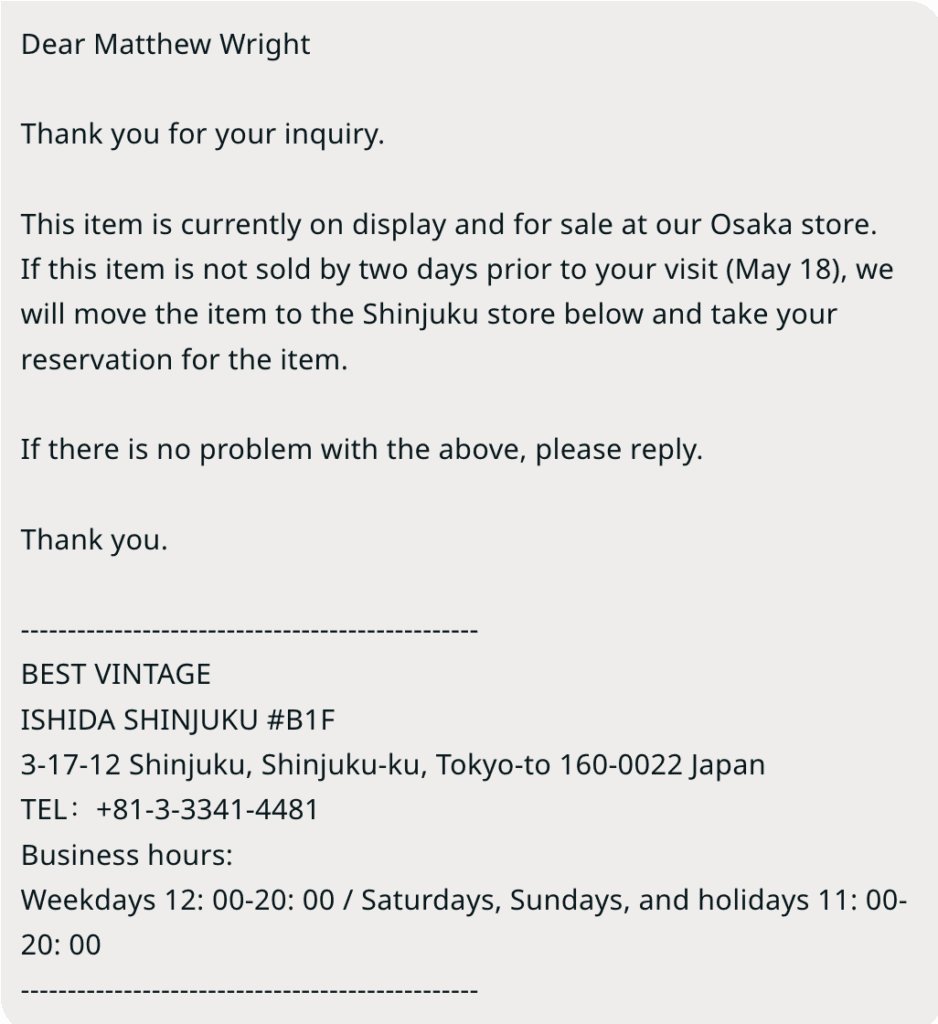
While others aren’t:

While searching online, you should check both rakuten.co.jp and Chrono24. Some pieces I was looking for were cross listed on both sites, others were only found only on Rakuten and others only on Chrono 24.
Another benefit of pre-planning with Rakuten and Chrono24 is that you will become familiar with who is selling what. Take note of those sellers and start building a map using My Google Maps. If they are selling something you are looking for, chances are that they have other things you might be interested in as well.
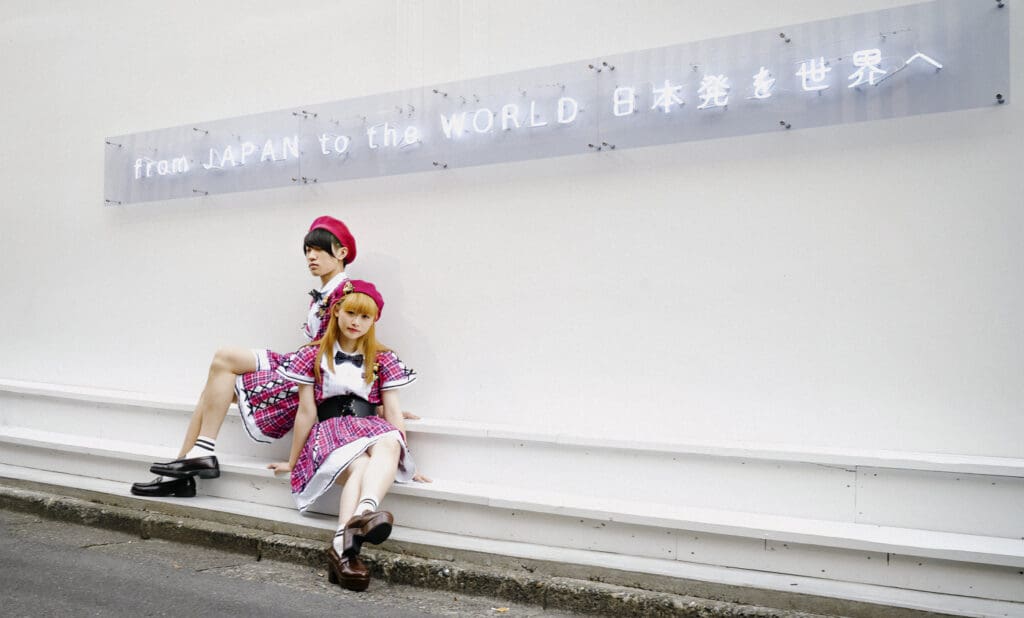
Before your trip: My Google Maps
Now that you are beginning to identify pieces and get familiar with some of the stores you might want to visit, I suggest building a My Google Maps and putting a link to the map on the homepage of your phone.
You are going to be referring to that link ALOT. Many stores are on the second floor. Some signs are only in Japanese. Unless you look up or see a sign for it you are going to walk right past it. It is a grand fallacy of watch shopping Tokyo that you will just stumble on a watch store. There are so many tiny alleys and streets, you can be 50 feet from the ultimate watch store and walk right by it. On multiple occasions we were standing right in front of the store, it was on my map, and we still missed it. On one occasions we saw the sign but still got on the wrong elevator. You are going to need a map go guide you. This was mine.
That map is really intended to be used as an example rather than any sort of starting point. Remember, if you are bargain shopping/thrifting, into super vintage or really high end, my map wont do you any good at all. Here is a link that might help you identify other articles with recommended stores as a starting point.
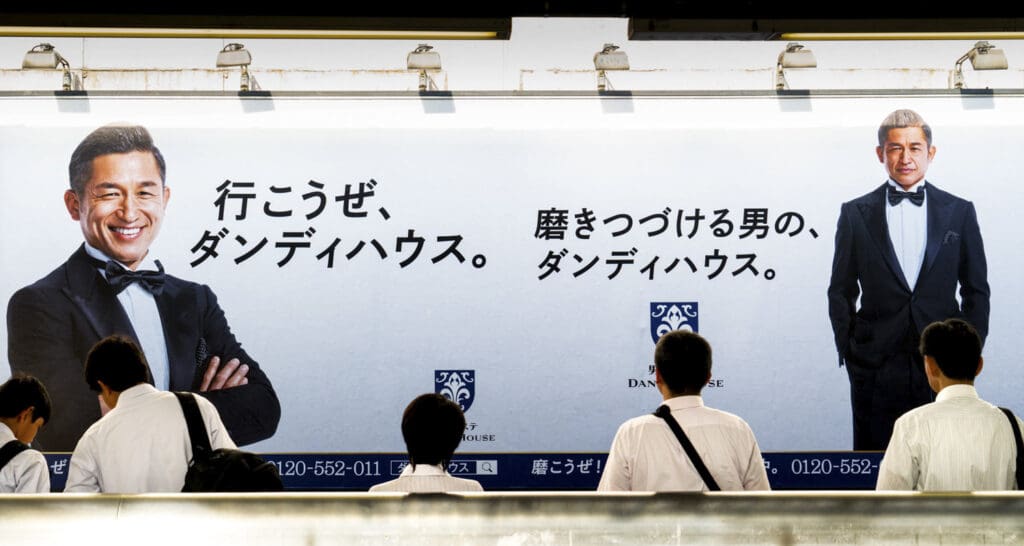
Before your trip: Maybe it is time to retire the meme about Japanese quality.
During my research, I talked with as many people in the industry that I could. As mentioned previously, one insider tipped me off that a lot of what gets put online is the stuff that is not moving locally so the best stuff is in the stores and not everything is online. Another insider tipped me off that prices of watches in the tourist areas are higher than in the random pawn shops or Nakano Broadway. Moreover, he mentioned that the quality in the tourist areas might be lower than elsewhere. Another advised me to ignore the adage that, in Japan, quality reigns supreme. Regrettably, I have to report that I can confirm all of it. It is buyer beware on the ground in Tokyo.
It seems that watch nerds romanticize about Japan and the Japanese watch scene. It is hard to argue that the Japanese are some of the most respectful, nice, caring, people on the planet. They are also people running businesses who have to keep the lights on and the employees paid. Please do not blindly assume that even though you are paying a premium, quality is, de facto, better than anywhere else.
This is not to imply that you are getting scammed in Tokyo or you need to be aware of scams. Absolutely not. Rather, you just need to be smarter than the average tourist. Nobody is telling you that hands were replaced, dials were replaced, bezels might not be period correct, a case is overpolished, or a watch with an unknown service history needs service. All of that is on you to decipher. If you don’t know exactly what you are buying, I suggest using the Tokyo trip as an educational experience then go home and hire the services of a trusted grey market dealer who will be your advocate.
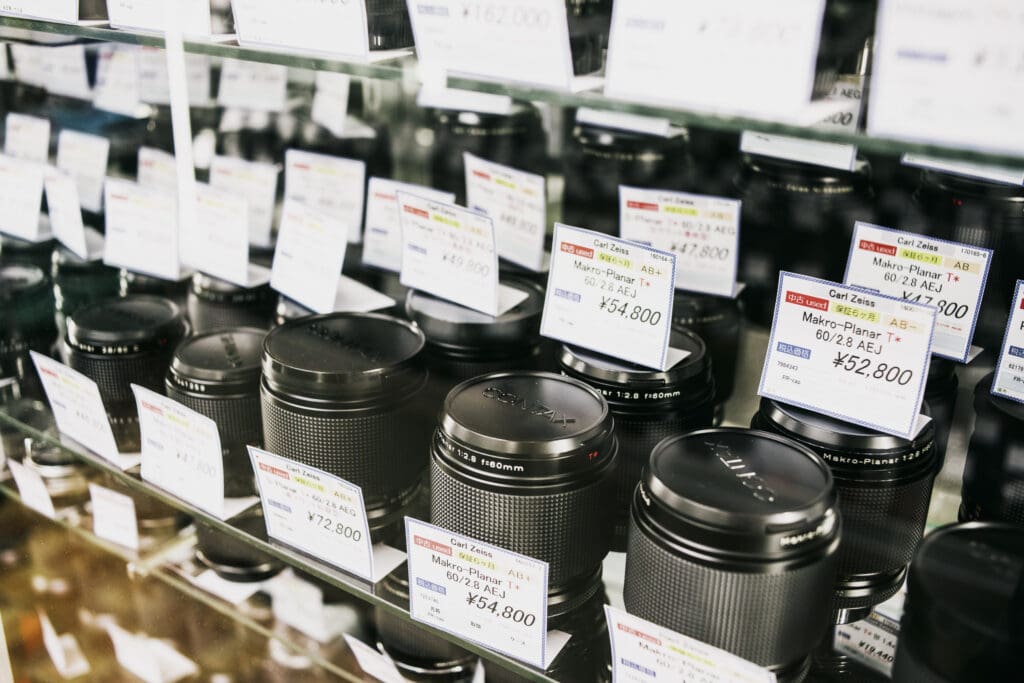
As a personal example, I zeroed in on a 16710 pepsi. The boxes were checked. Proper bezel fade. Holes. Solid end link bracelet. Swiss Made dial. Papers. P serial (on the trip I learned I don’t like the old tritium stuff). The polishing gremlins (2) even left this one pretty much alone. I considered paying premium because of that Japanese quality I always heard about.
Then it all fell apart.
Given an unknown service history I asked for a timegrapher reading. It was running 239 amplitude and 212 in the crown up position. For reference, a well running watch will have an amplitude of somewhere around 265 or more and, in my experience, watches with a 220 amplitude are in dire need of a service or may even have other health issues. This wasn’t terrible but the price was entirely unreasonable for a watch that needed or will very soon need a service. The salesperson seemed surprised at the result but put it right back in the case which surprised me given everything I had heard about Japanese quality.
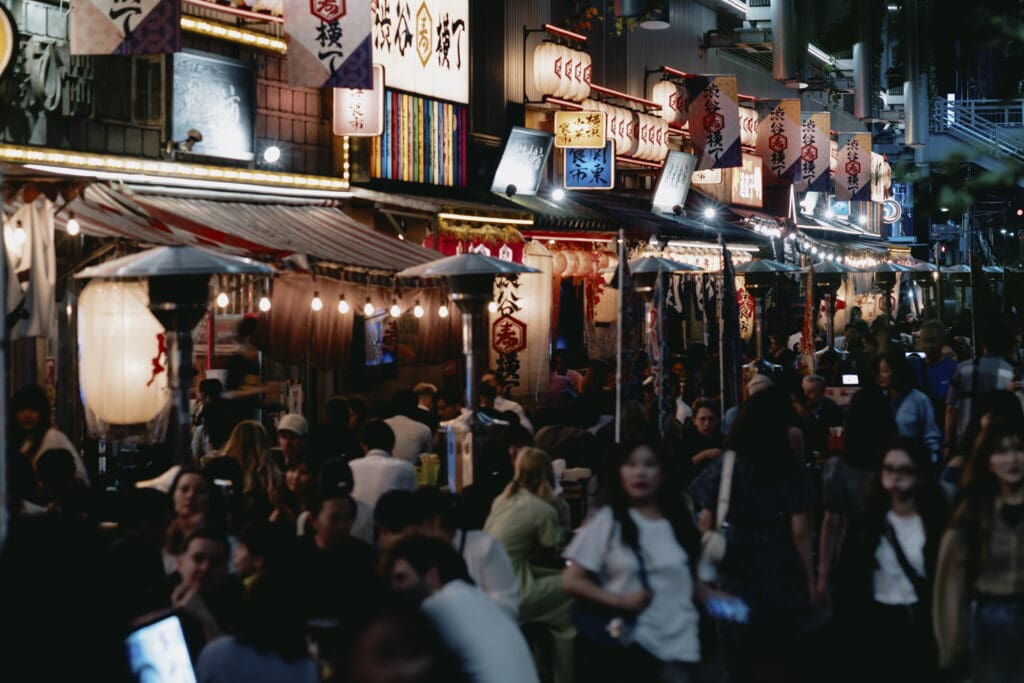
Before you go: hire professional help
I bumbled about for about a decade hitchhiking in southern Africa, getting lost in the mountains of China where I almost got arrested on a military base, getting dystentery and kicked out of a taxi and left for dead on the side of the road in Sinai, and even finding myself impossibly lost in Morocco needing to pay two kids to get me home. Somewhere along the way I got old and tired of bumbling around and wanting to think on vacation. I went kicking and screaming but I learned to find value in guides and local experts.
During my time in Tokyo I hired Austin Daniels (a.k.a Watch Symposium) to help me navigate a search for a neovintage Rolex at Nakano Broadway. I believe Austin is one of the hidden gems in the watch collecting world. We will talk more about Nakano Broadway in Part 2 but, for now, what you need to know is that the effort : success ratio for watch shopping anywhere I found in Tokyo was highest at Nakano Broadway. There are, however, landmines and prices are all over the place.
I like playing cameras and lenses. I like playing watches. I service my own vintage watches. I don’t, however, always have the time or inclination to learning about all the minutiae that goes along with buying vintage and neovintage stuff. My lackluster effort at educating myself, oftentimes, leaves me confused as I try to sort out why some pieces are more expensive than others and if something is a good value.
Austin doesn’t have that problem. With an eye for detail, an encyclopedic database of knowledge related to neovintage and modern Rolex, an ear to the ground on current pricing, and as a Japanese speaker, he has all of the tools to identify issues, understand which pieces are finds, and which are duds.
Ultimately, I struck out at Nakano Broadway but it wasn’t for a lack of trying – particularly by Austin. During two tours and several hours at Nakano Broadway, watching and learning from Austin was like watching and learning from a wolf on the prowl. I say this with zero irony – Austin Daniels is The Wolf of Nakano Broadway.
In Part 2 we will look at the Seiko Museum Ginza, talk more about Nakano Broadway, and identify some general approaches to Tokyo watch shopping that will help you be successful and help prevent divorce by keeping your spouse sane while you watch shop in Tokyo.
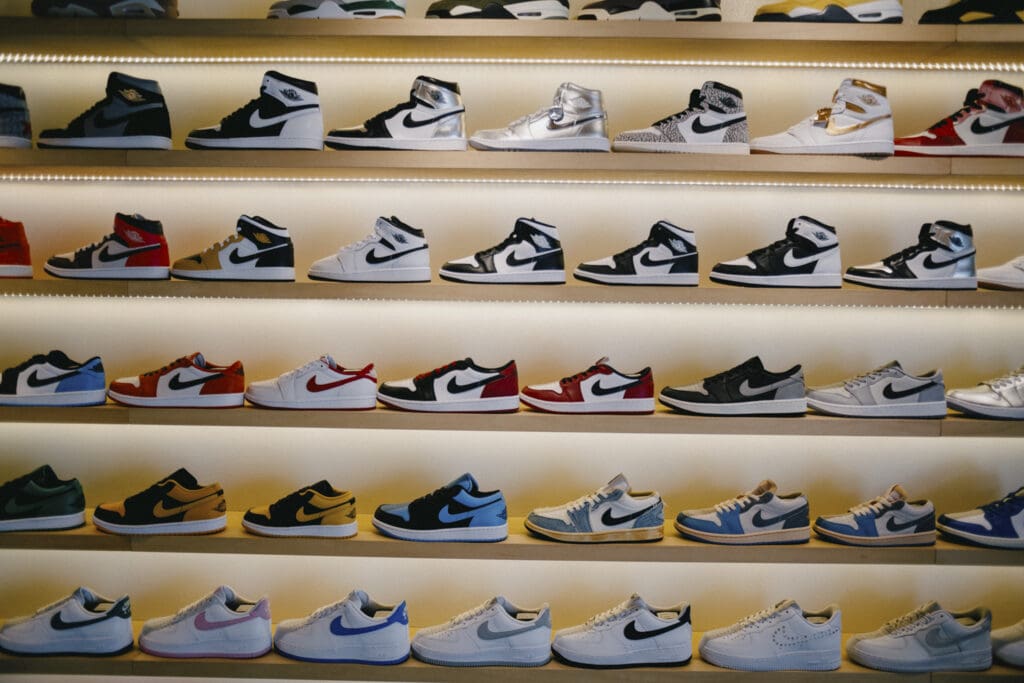
NOTES:
- Get a spouse who is into your hobby but is not a watch nerd: If we are being honest. I screwed up. I married a watch nerd. You might think that is ideal, but I don’t recommend it. Marrying a watch nerd makes your hobby exactly twice as expensive. Getting the text that says “I need that pink Tudor Chronograph” is less fun than it sounds, especially two months after you get the text that says “I need that Omega Paris.” If you think you are going watch shopping in Tokyo with a watch nerd spouse and you will not buy anything for them, that will also result in divorce. And no, a G-shock or Hello Kitty Swatch isn’t going to solve that problem. I recommend marrying someone who likes that you like watches but don’t want them for themselves.
- The trend in vintage and neo-vintage watches is that an unpolished case is ideal and carries a premium. From what I saw, there are few and far between unpolished cases in Tokyo. The problem is that everything is polished and some is over-polished. You are wise to research what over-polishing or bad-polishing looks like so you can price items appropriately. The polishing gremlins are your enemy in Tokyo.
Matt Wright



